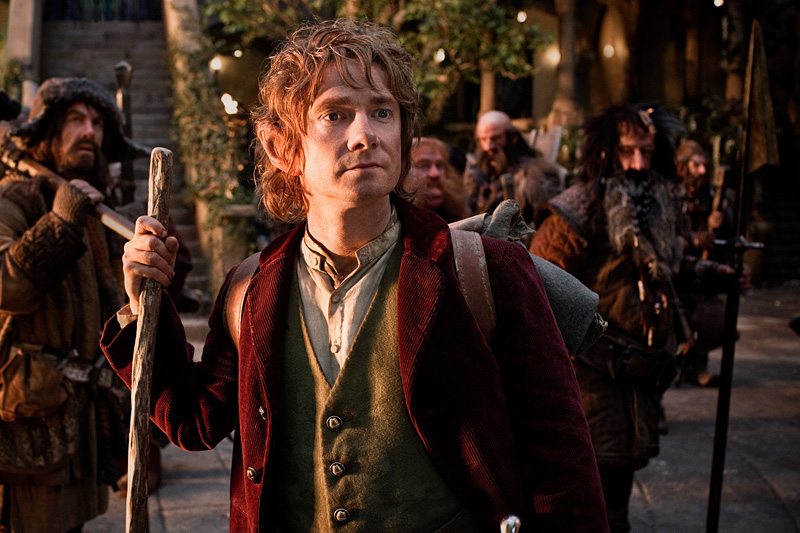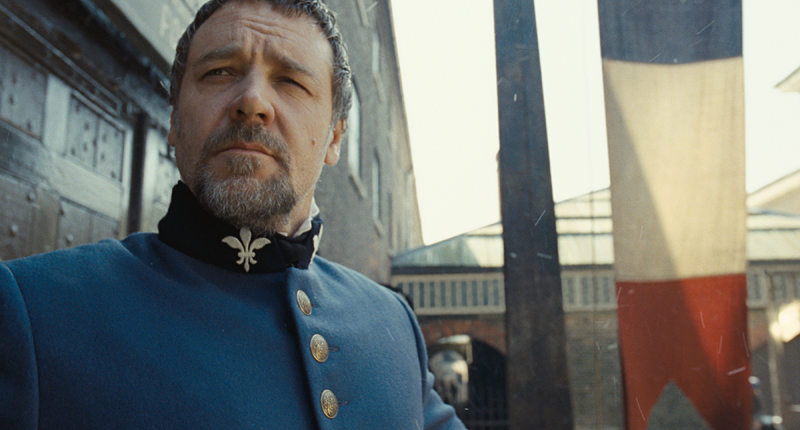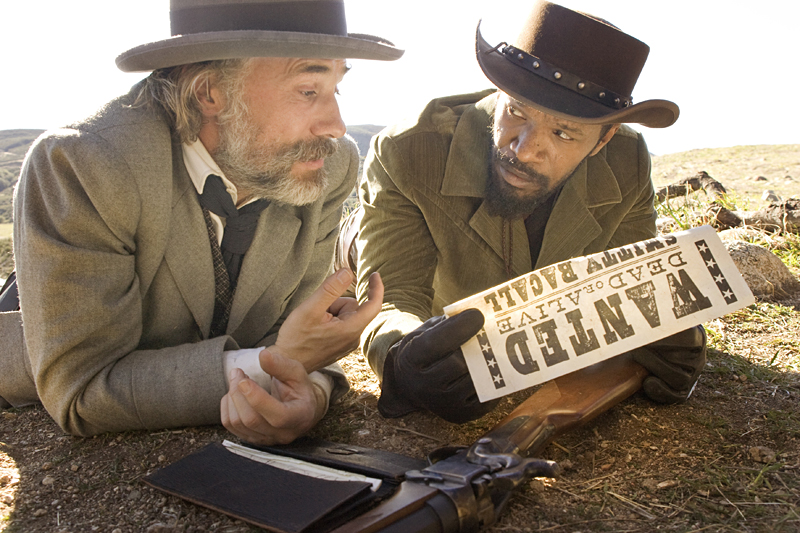Welcome back to Middle-Earth. It has been nearly a decade since writer/director Peter Jackson last set foot on J.R.R. Tolkien’s hallowed ground, signing off on a spectacular trilogy of films adapted from the Lord of the Rings novels. There were box-office billions and well-earned Oscars aplenty. But Jackson’s next two projects—King Kong (2005) and The Lovely Bones (2009)—suggested he might’ve been stunted by his own mega-success. So it was no real surprise when Jackson announced he would film The Hobbit, and even less surprising when he pulled a Jay Leno on his hand-picked director, Guillermo del Toro (who retains a co-writing credit).
Of course, succession is never a tidy business, nor is that of making prequels into beloved franchises. Rest assured, Jackson’s The Hobbit: An Unexpected Journey perpetrates no Jar Jar–size transgressions. Rather, it’s reverential to a fault, with the director and his regular collaborators Fran Walsh (Jackson’s wife) and Philippa Boyens hewing so closely to Tolkien’s slender 1937 text that at the end of three hours, we’re barely 100 pages in. Mere sentences on the page have been inflated into entire sequences onscreen. The detailed appendices Tolkien included with The Return of the King have been plundered for inspiration, and the result is a journey whose most unexpected element is just how little ground it covers. (The next two installments will be released in 2013 and 2014.)
Set some 60 years before the LOTR saga, The Hobbit tells of another unassuming Shire-dweller’s grand mythopoeic adventure in the company of wizards, elves, and—this time around—a merry band of 13 dwarfs. The hobbit in question is one Bilbo Baggins—uncle of Frodo—played to great effect in the LOTR films by Ian Holm and here, as a younger man, by the likable Martin Freeman. A fussy, pipe-smoking dandy of minimal ambition and even less curiosity, Bilbo is shaken from his life of leisure by a visit from Gandalf the Grey (Ian McKellen). And if there is one inviolable constant in this first chapter of The Hobbit, it’s McKellen’s delectable mixture of world-weariness and coquettish vanity, which might be the default posture of any British acting great resigned to Hollywood’s inexhaustible need for sorcerers, mutants, and Jedi masters.
Gandalf wants Bilbo to join the dwarfs on their journey to reclaim Erebor, a once-prosperous kingdom long ago decimated and claimed by the fire-breathing dragon Smaug, which now lies in wait. But The Hobbit takes nearly an hour just to get out of Bilbo’s hobbit hole, with much of that time devoted to a long night of drunken dwarf merriment and song, during which you can just about feel the hair on your feet growing longer. For all their Wagnerian bombast, the three LOTR films proceeded at an exuberant clip, with lots of story to tell and spirited new characters lurking around every bend. They were generous entertainments that you didn’t have to be a Tolkien convert to enjoy—they made one out of you. The Hobbit, by contrast, feels distinctly like a members-only affair. It’s self-conscious monument art, but is the monument to Tolkien or to Jackson himself?
Even once Bilbo and company take to the hobbit highway, the pacing is leisurely verging on lethargic, fitfully enlivened by meetings with colorful beasties: giant, cockney-accented trolls that resemble talking phalli; a goitered goblin king (amusingly voiced by Dame Edna him/herself, Barry Humphries); and stone giants that give new meaning to the expression “mountain men.” A few welcome LOTR faces also pop up along the way, including elvish royalty Elrond (Hugo Weaving) and Galadriel (Cate Blanchett) and the magisterial Christopher Lee as the wizard Saruman, not yet corrupted by the forces of darkness. Except for their noble leader, Thorin (Richard Armitage), the dwarfs never register as more than an amorphous, knee-high mass.
It should go without saying that all this is executed at an exceptional level of craft, with Jackson and his CGI wizards once more bringing Middle-Earth to life with rich, seamless detail. But the movie springs to full life only late in the day, during the first meeting of Bilbo and Gollum (once again played by the sublime Andy Serkis), a hobbit reduced to a quivering, schizophrenic mass by his fidelity to a certain gold ring. Suddenly, in one long scene consisting of nothing more than two characters trying to outwit each other, Jackson the storyteller overtakes Jackson the technocrat. The old magic returns, and for a fleeting moment, The Hobbit feels truly necessary, a triumph of art over commerce.








